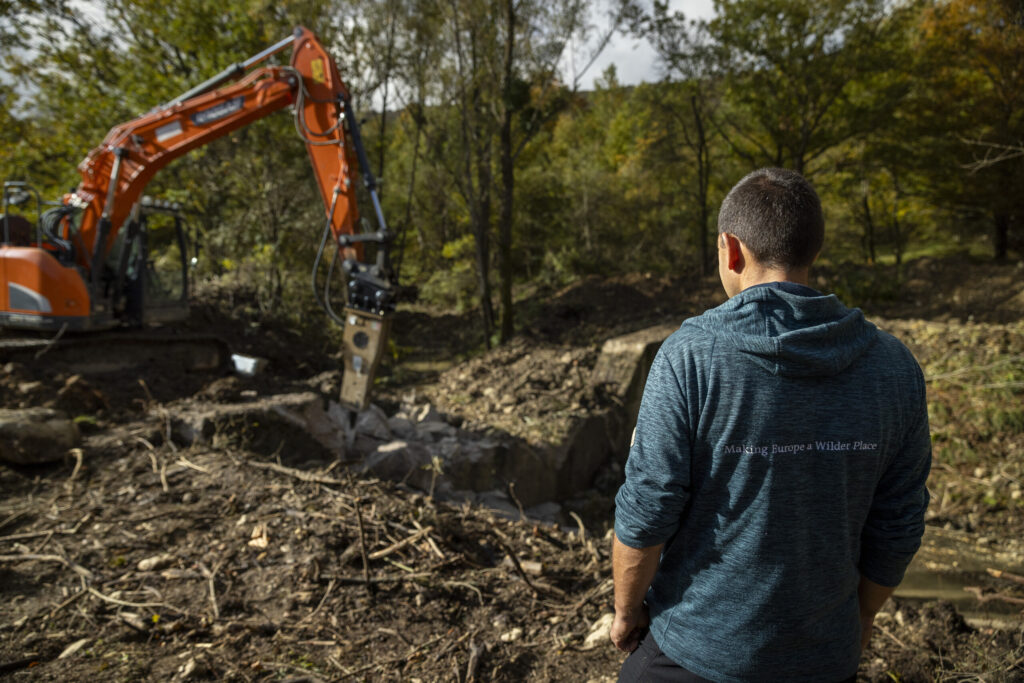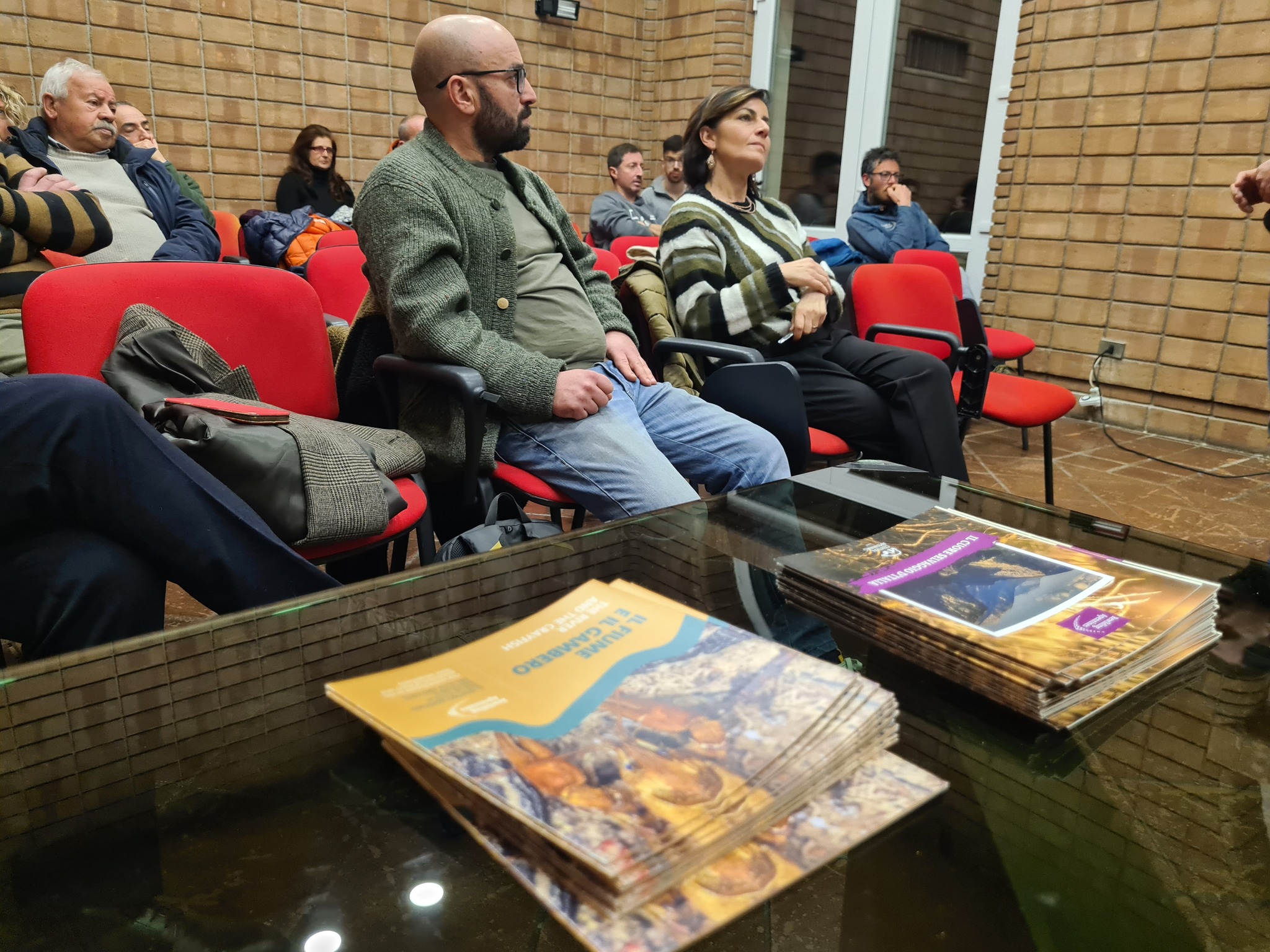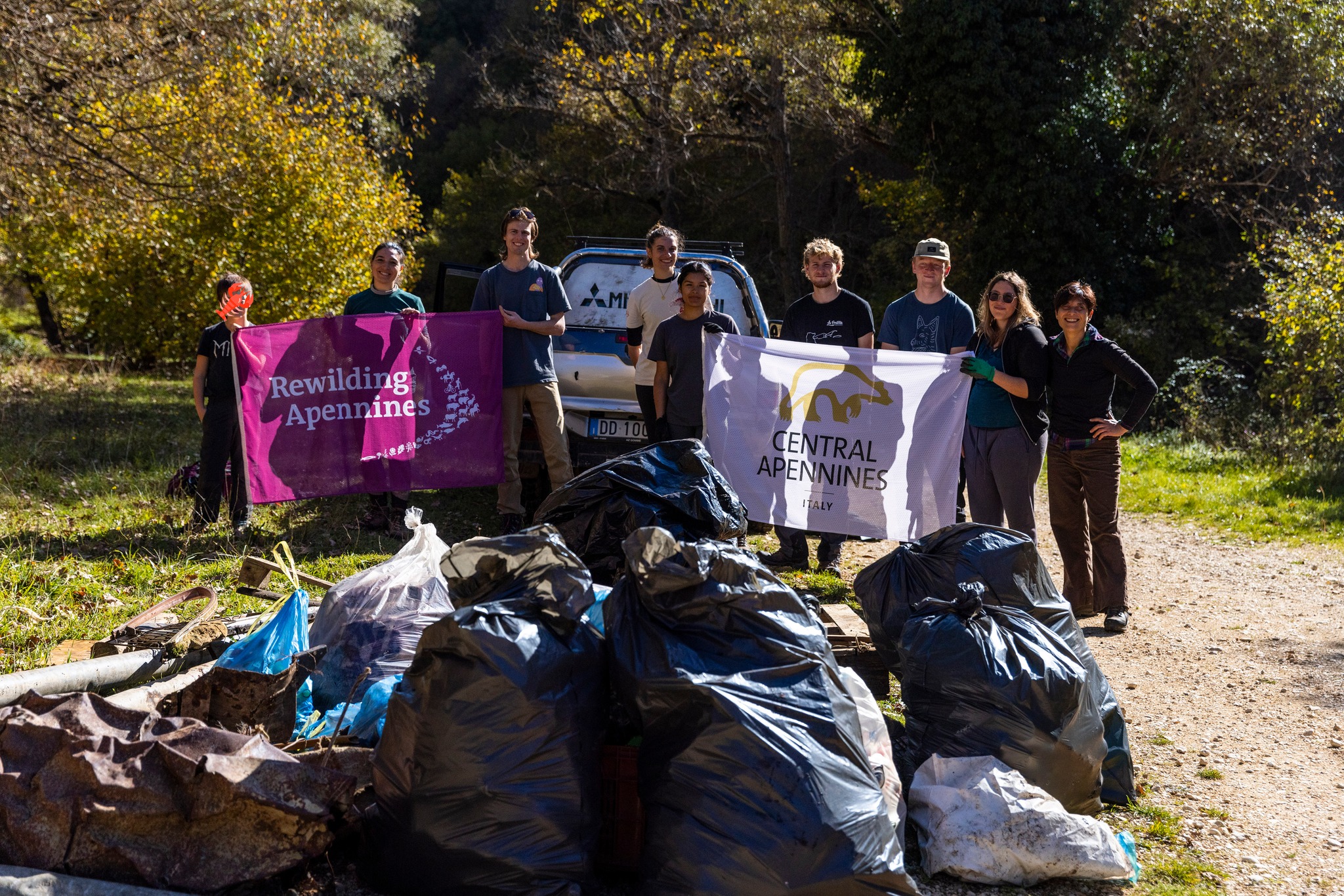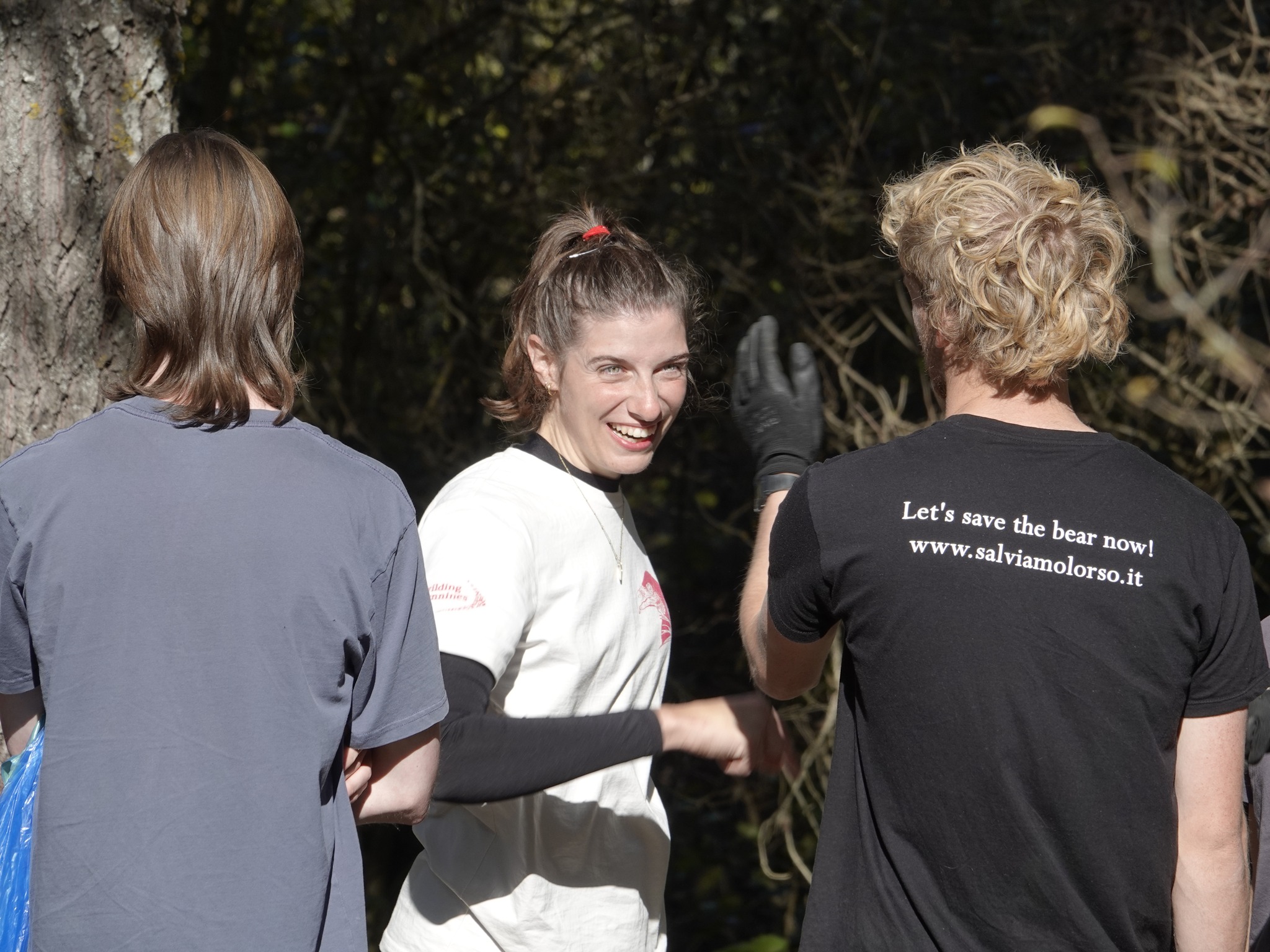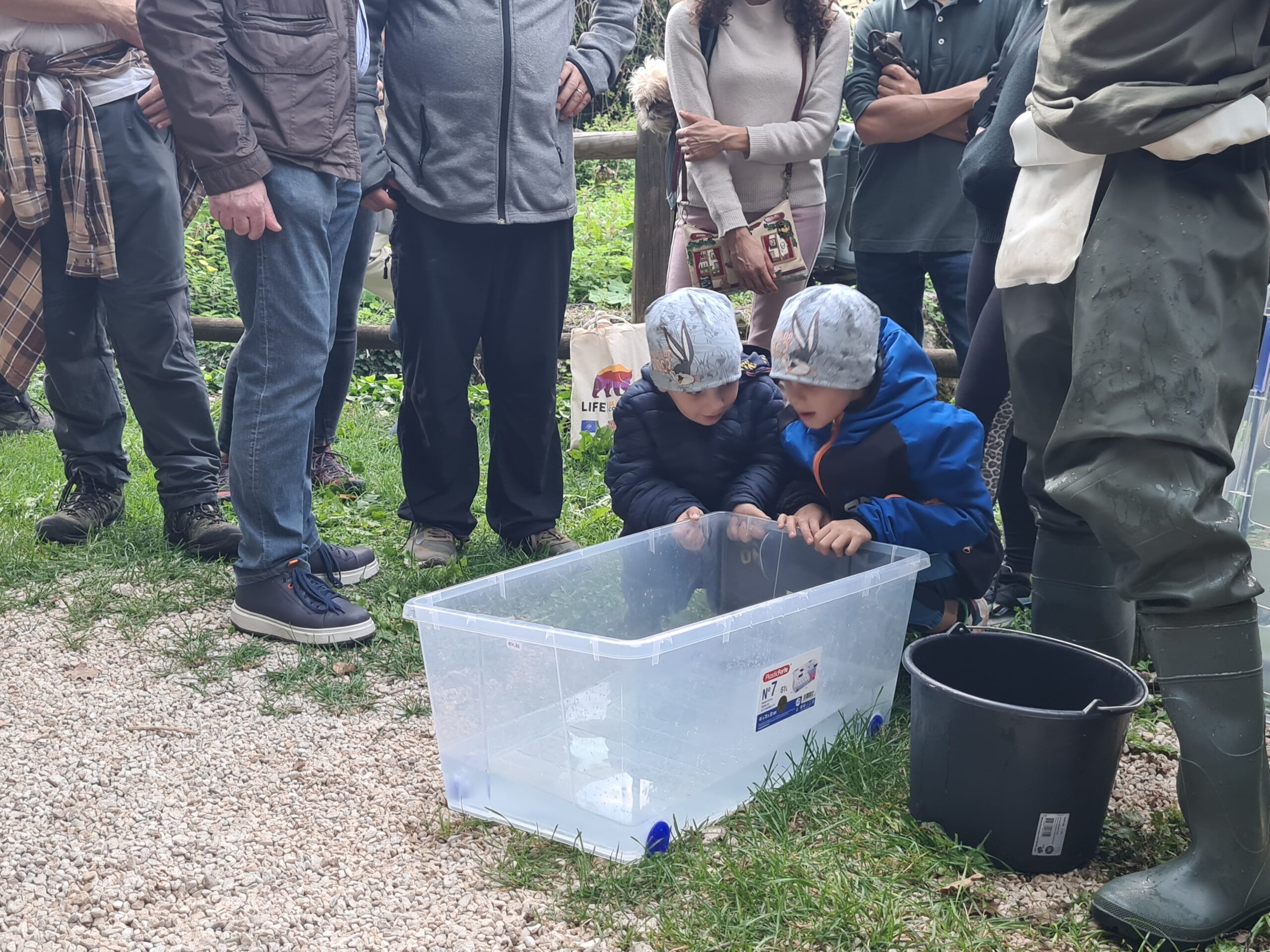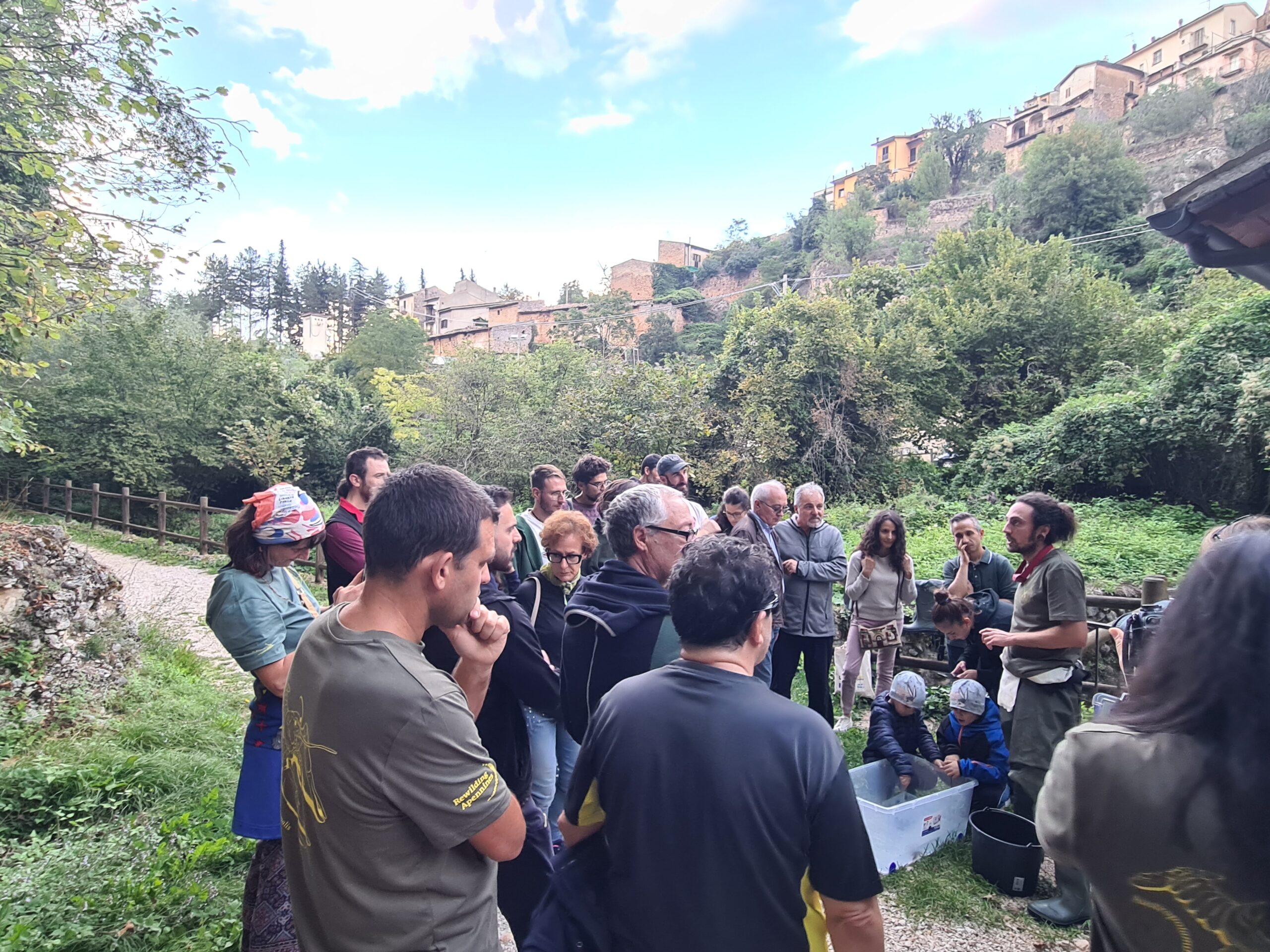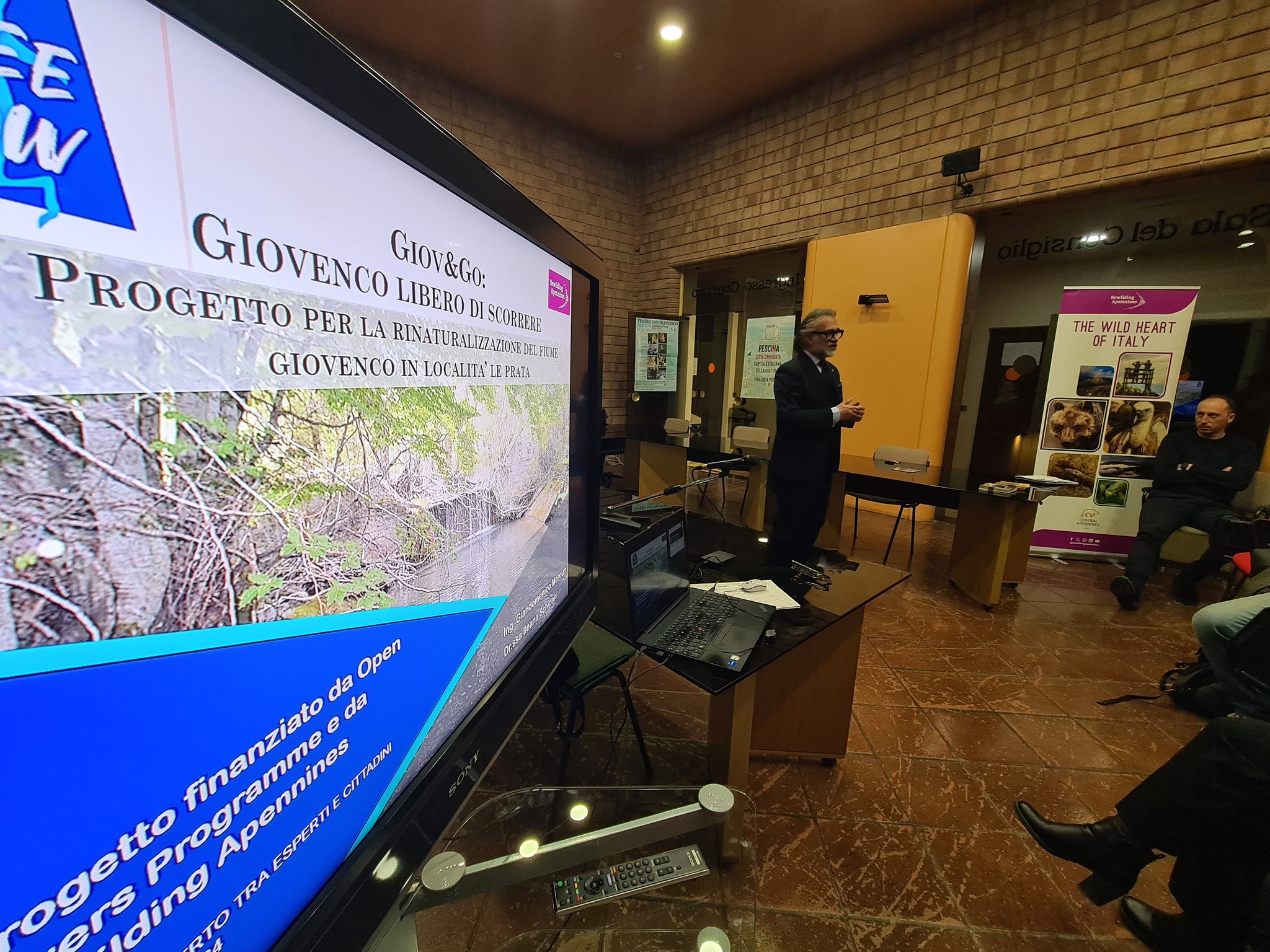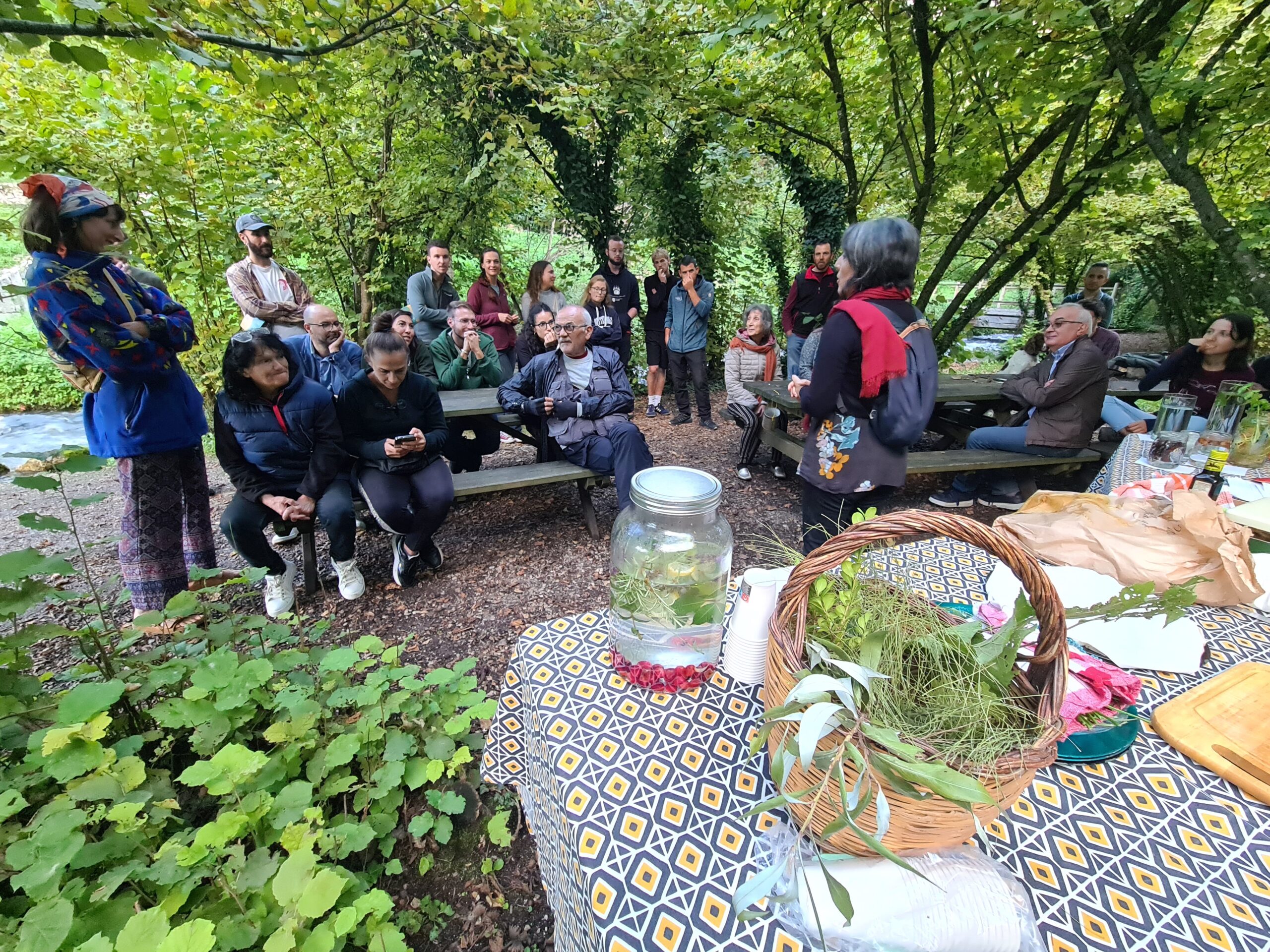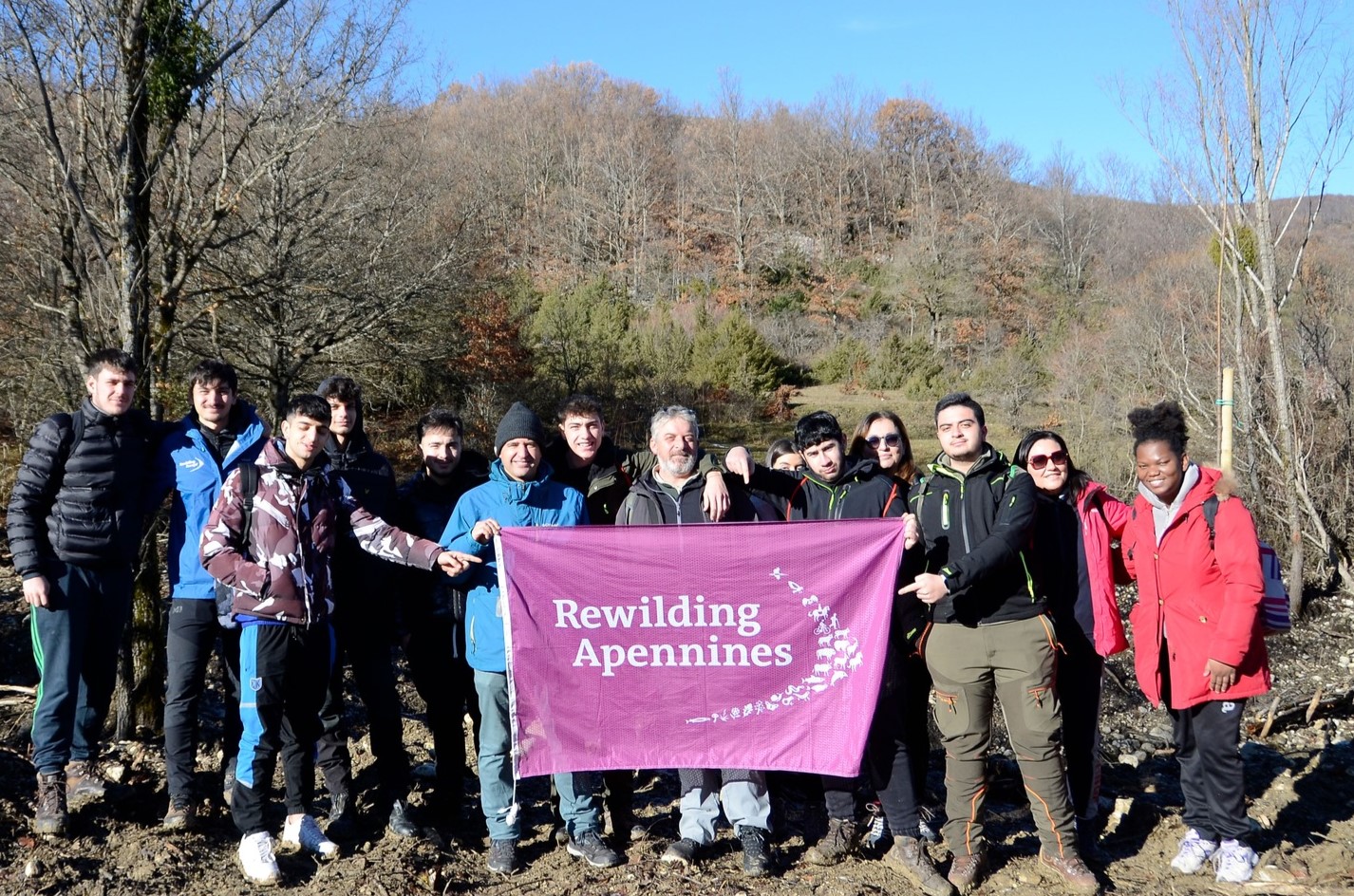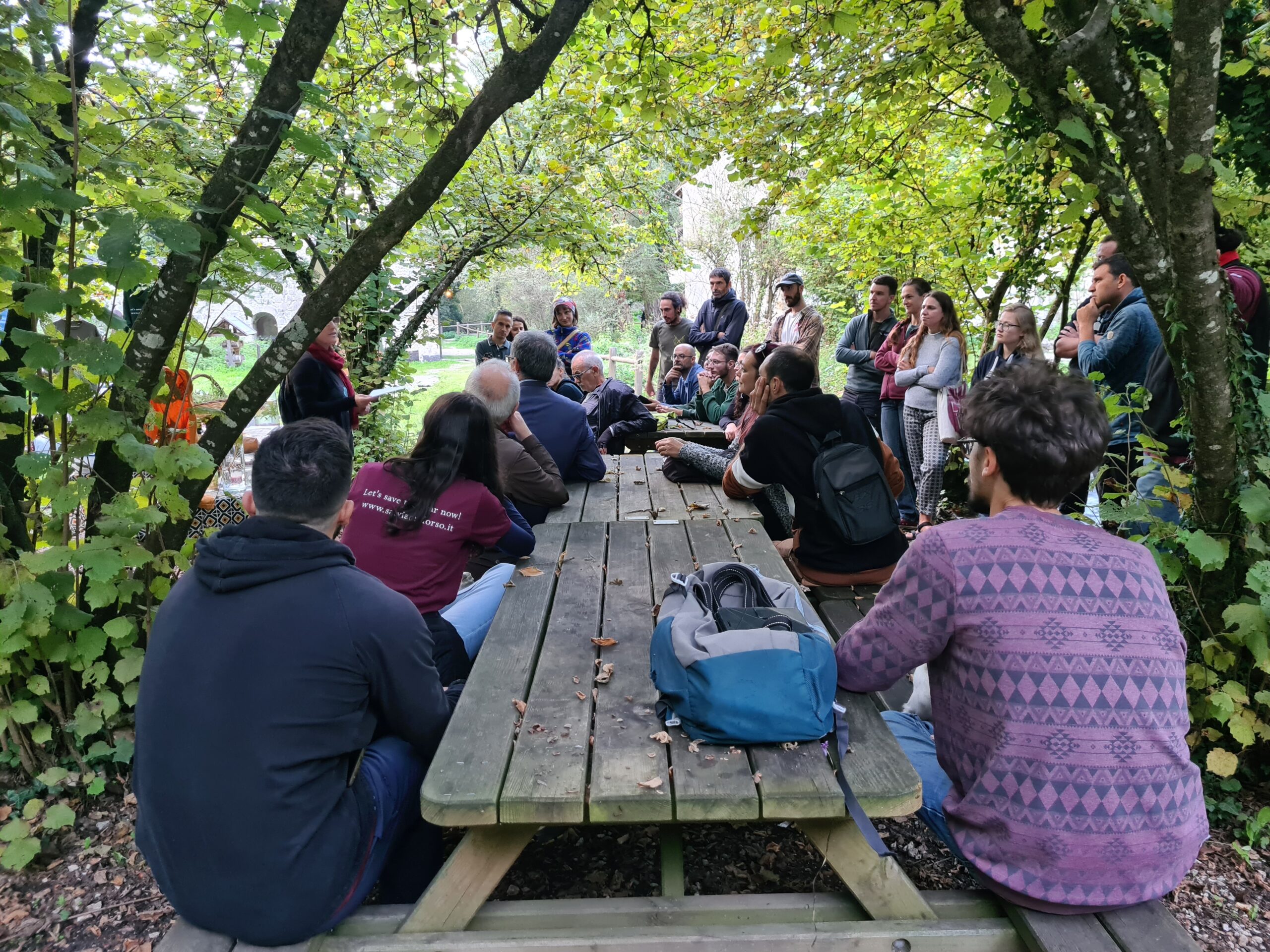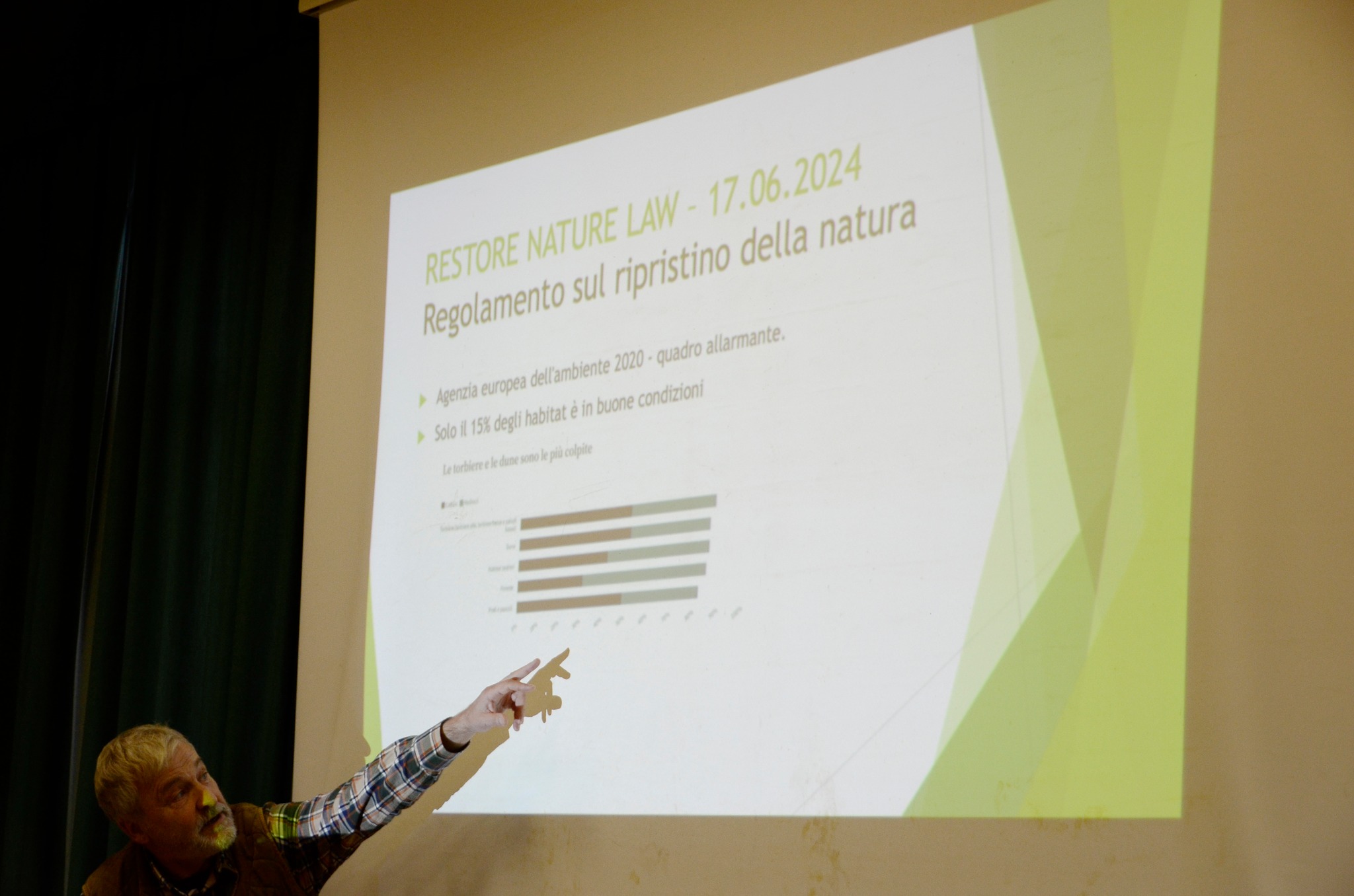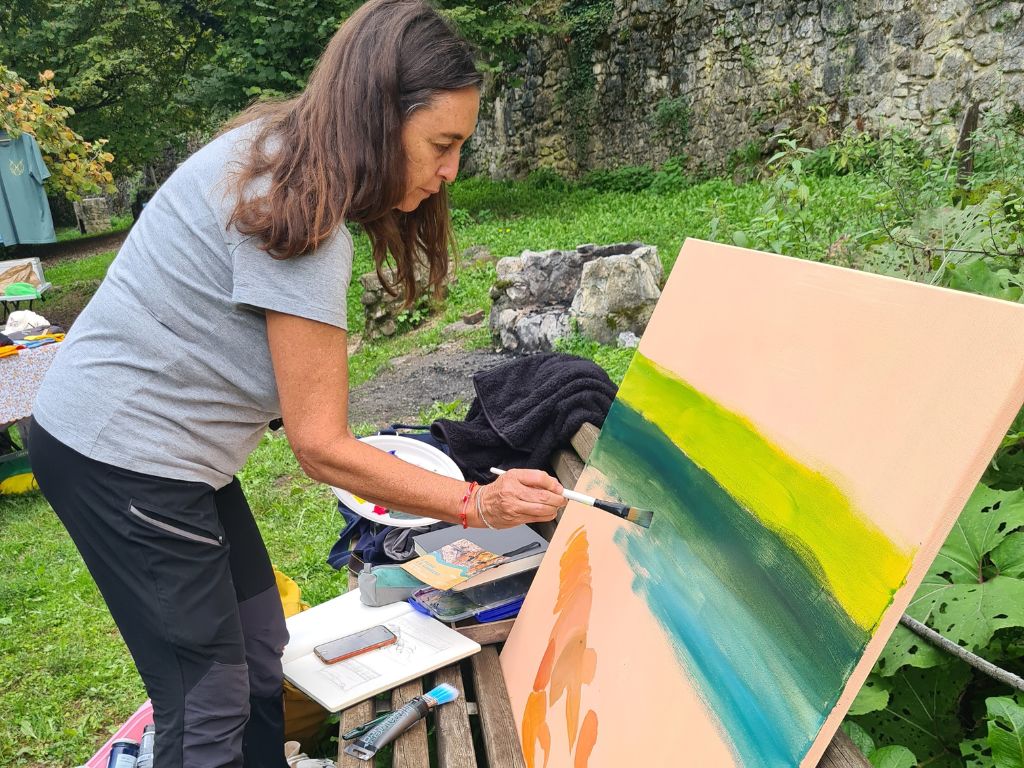The initiative
Thanks to funding from the Open Rivers Programme, Rewilding Apennines removed the first artificial barriers in the central Apennines in the protected territory of the Abruzzo, Lazio and Molise National Park in autumn 2024. We knocked down five concrete barriers and the bank walls that went with them, which let 11.2 km of river be reconnected. This is a pilot action never seen before in this region, and it’s designed to offer an operational and administrative model that can be replicated in other similar contexts.
Taking down the barriers on the river Giovenco is a big step towards fixing up watercourses in the Apennines, and it lines up with the goals of the European Biodiversity Strategy and the Restore our Ocean & Waters EU Mission to protect aquatic ecosystems.
Why remove these barriers?
The removal of these five barriers will bring important benefits to the Giovenco river ecosystem. In particular, it will facilitate the migration of fish and macroinvertebrates – such as Mediterranean trout and native crayfish – by increasing genetic diversity and improving population health, restore natural sediment flow through erosion and deposition processes, improve habitat quality and variety for the benefit of aquatic species and riparian vegetation, and increase the river’s resilience against flooding. We also estimate that the positive effects may extend some 25 km downstream, triggering a wider ecological “domino effect”.
A free-flowing river is not only an environmental success, but also an opportunity for growth and awareness for local communities that have lived with these precious natural resources for centuries.
